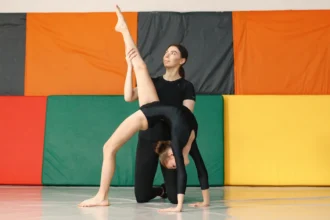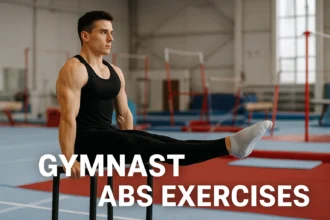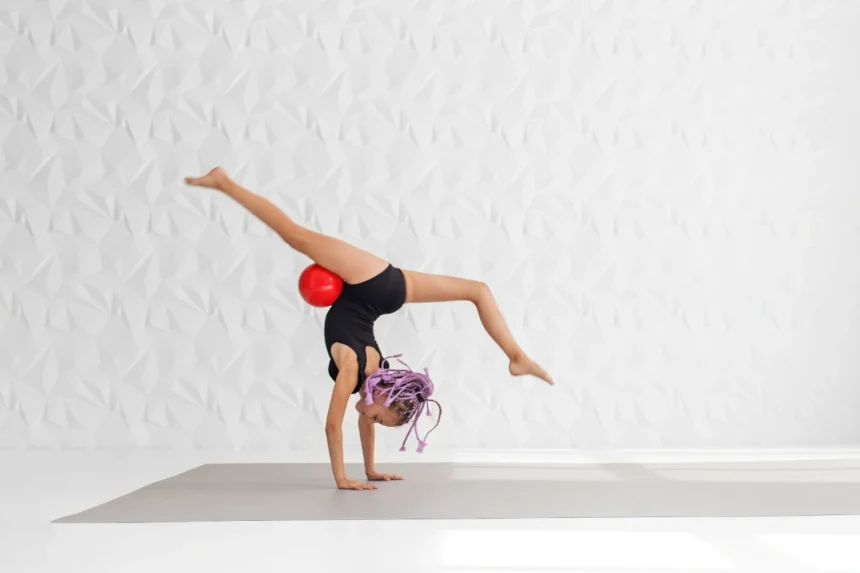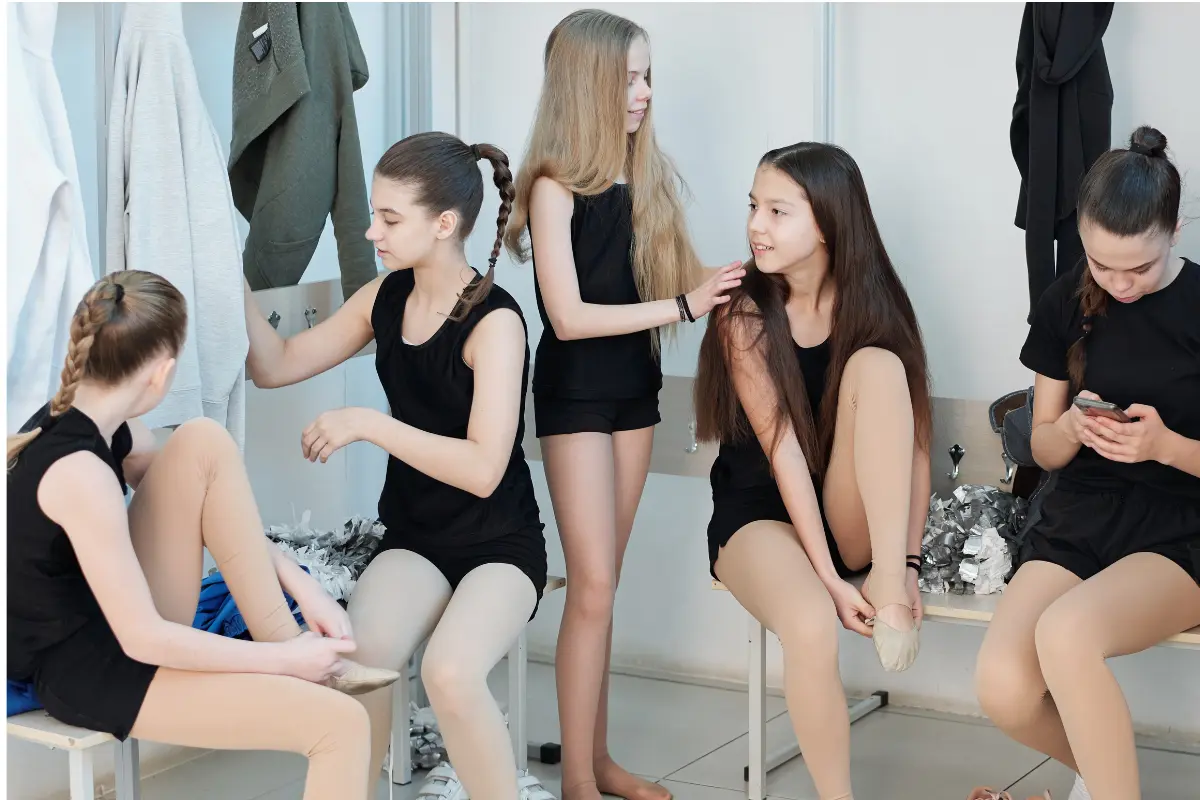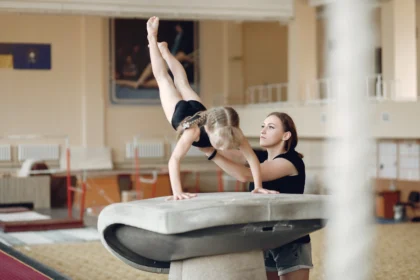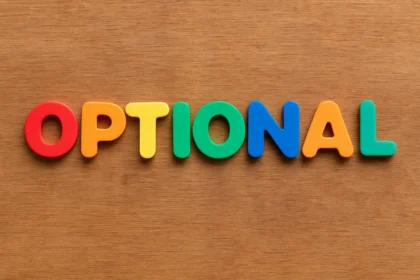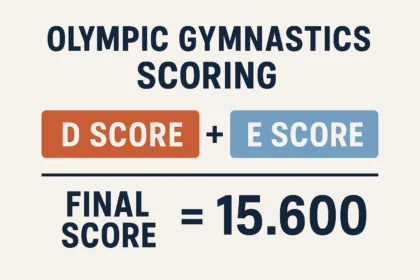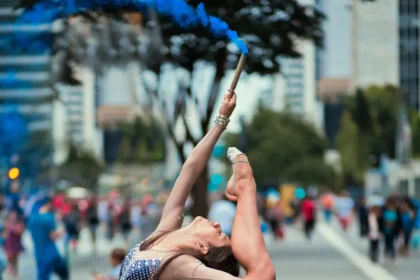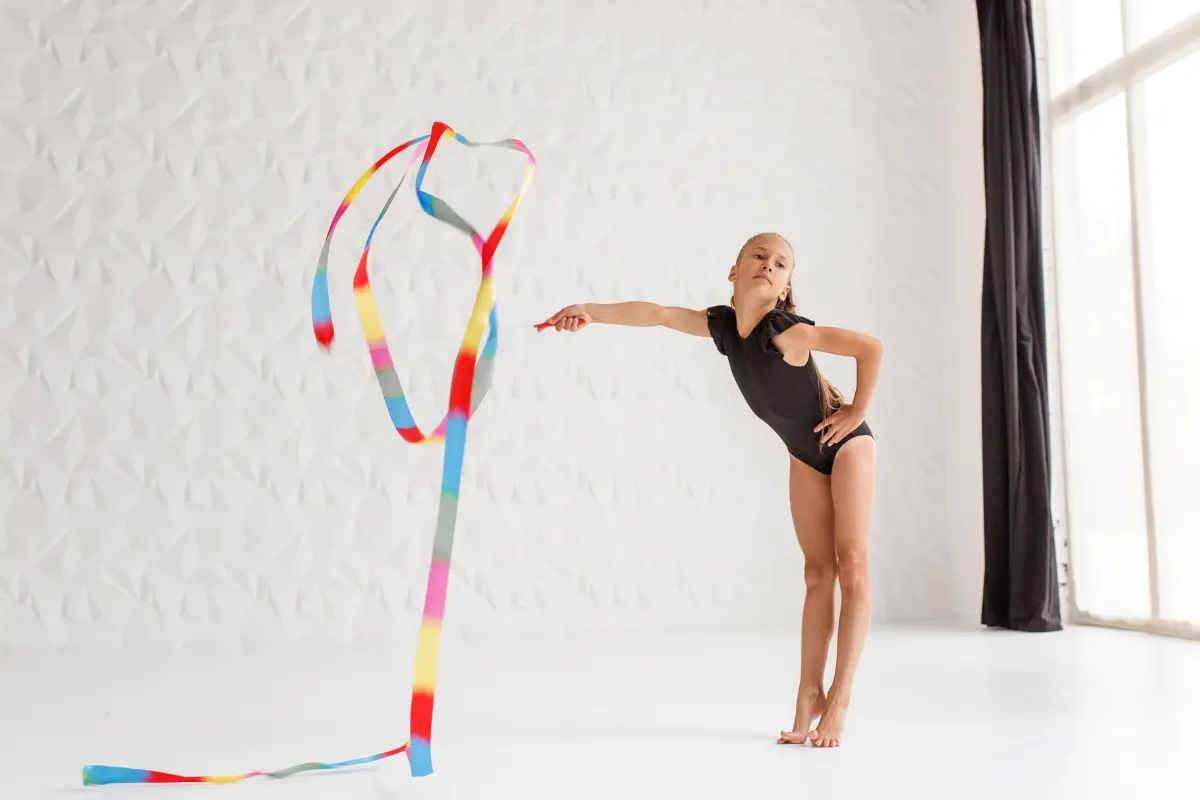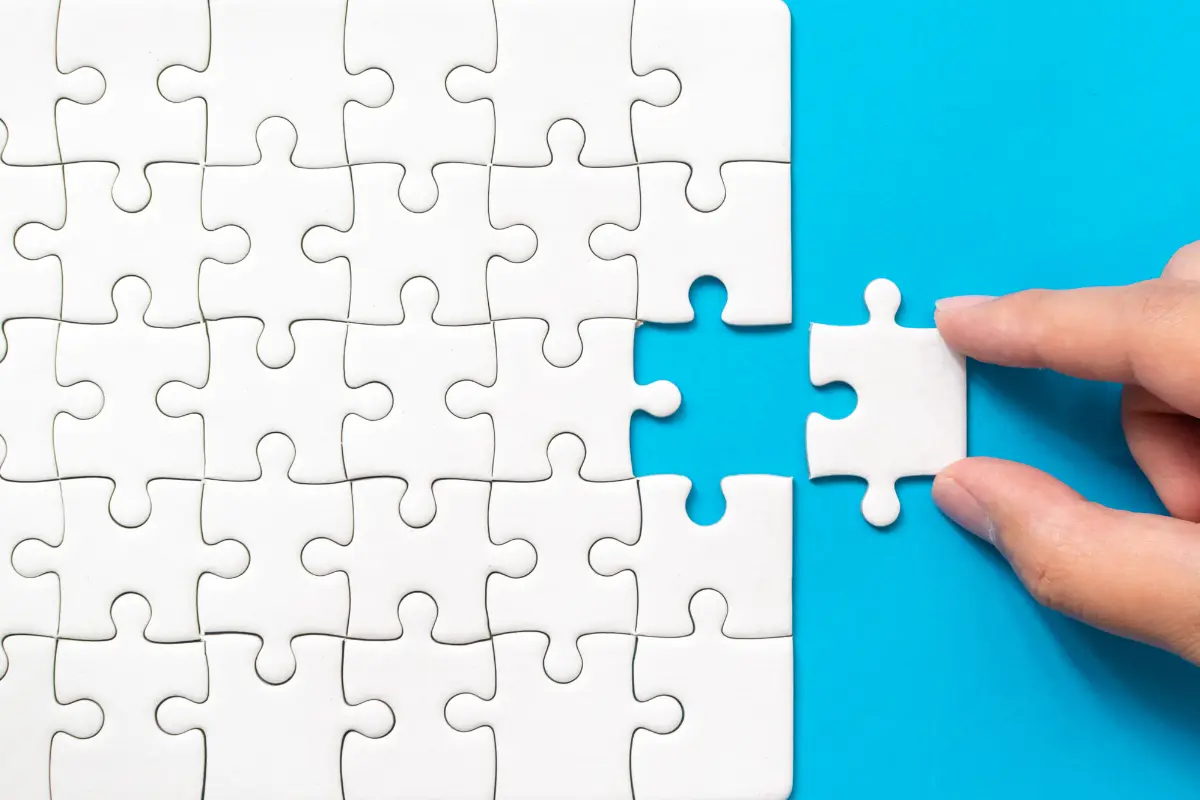Rhythmic gymnastics is a unique and captivating sport that combines elements of ballet, gymnastics, dance, and the use of various apparatus, one of the most notable being the ball. While ball handling might seem like a simple task at first glance, mastering it requires a solid foundation of technique, control, and creativity.
What is the Rhythmic Gymnastics Ball?
The rhythmic gymnastics ball is a lightweight, spherical object designed for use in various skills, including throws, catches, rolls, and bounces. Unlike other gymnastic apparatuses like ribbons or hoops, the ball is used mainly for its interaction with the gymnast’s body, requiring a high degree of control and finesse.
- Material and Size: The ball is typically made from rubber or a similar synthetic material, ensuring that it is bouncy, resilient, and durable.
- Diameter: The ball must be between 18 and 20 centimeters (about 7-8 inches) in diameter, providing enough surface area for precise manipulation.
- Weight: The ball must weigh at least 400 grams (approximately 14 ounces), making it light enough to allow for fluid motion but heavy enough to give it a controlled bounce and roll.
The ball is typically a solid color, though it can be decorated with patterns or logos, depending on the event or competition rules.
Basic Skills for Ball Handling
The rhythmic gymnastics ball is used in a variety of ways throughout a gymnast’s routine. Here are some fundamental skills required for effective ball handling:
- Throws: Throwing the ball into the air, either from one hand or with both hands, is one of the key elements of ball handling. Throws can be high or low and may involve spins or rotations. Timing and accuracy are essential in ensuring that the ball reaches the intended position in the air for catching or continuing the routine.
- Catching: Catching the ball after a throw is a skill that requires quick reflexes and body control. In advanced routines, gymnasts might catch the ball with their feet, legs, or even behind their back, which adds an element of artistry and complexity.
- Rolling: The ball can be rolled over different parts of the gymnast’s body, such as their arms, shoulders, or even their neck. Rolling the ball in a smooth, controlled fashion is essential for maintaining rhythm and flow throughout the routine.
- Bouncing: Gymnasts often bounce the ball on the floor, either catching it immediately after it bounces or using it as part of a sequence of movements. Bouncing requires precise control over the ball’s trajectory and rhythm.
- Passing: Gymnasts can pass the ball from one hand to the other or even transfer it across their body in a seamless movement. This adds fluidity to routines and can be used as part of transitions between more complex elements.
As gymnasts become more skilled, they incorporate the ball into a series of dynamic and choreographed movements that involve complex spins, jumps, and balances, all while keeping the ball in motion.
Mastering Basic Ball Handling in Rhythmic Gymnastics: A Step-by-Step Tutorial
Next, we’ll guide you through a beginner-friendly tutorial focused on basic ball handling:
1. Correct Ball Holding
The first step in mastering ball handling is learning how to hold the apparatus properly. A correct grip is vital for control during your routines and will prevent unnecessary deductions in competitions.
To hold the ball correctly, extend your arm and keep your fingers slightly spread. This will ensure the ball rests gently in your hand without creating creases or indentations. Your fingers should make contact with the ball, but it should never touch your forearm—this is a common mistake that can lead to improper handling.
The ball should remain flat in your hand, with no cupping or squeezing, as cupping could lead to additional points of deduction. Ensure that the ball is held lightly, almost as if it were floating, offering the control needed without excessive grip.
2. Front and Side Exercise
Once you’re familiar with how to hold the ball, it’s time to practice simple movements to enhance your control. The front and side exercise is an excellent way to work on basic transitions and develop arm stability.
Hold the ball in front of you with both hands, keeping your elbows soft—especially if you tend to hyper-extend your elbows. Slowly move the ball to the side and then back to the front, keeping your movements smooth and fluid.
Practice this for 10 repetitions on each arm. The goal is to maintain control and fluidity without jerking or pulling at the ball. This exercise not only improves hand-eye coordination but also strengthens your arm muscles, helping you prepare for more complex routines.
3. Basic Roll
Rolling the ball on your body is a foundational skill that enhances both hand and body coordination. To perform the basic roll, start by gently rolling the ball up your tummy, using your hands for control. Then, allow the ball to travel down your arms with the same gentle movement, lifting your arms at the last moment to avoid cupping the ball.
The key here is to keep the ball from slipping away, which can happen if the incline of your arm or body is too steep. Always remember that the ball should not be gripped or squeezed as it rolls. A smooth, controlled movement is essential for this skill. Aim for 10 repetitions, and focus on maintaining a steady and even roll.
4. Over the Top and Round
This exercise is perfect for integrating the ball into dance-like movements or leaps, which are common in rhythmic gymnastics routines. The “Over the Top and Round” technique involves making circular motions with the ball, first over the top of your head and then around in a fluid, controlled manner.
Start by holding the ball in front of you and moving it over your head in a circular motion. Once you’ve completed the motion over the top, bring it around to the other side, completing the circle. This exercise is great for learning to combine fluid motion with precise control over the ball, a critical skill when transitioning between different positions during a routine. Perform this exercise 10 times with each arm, focusing on smoothness and consistency.
5. Hand Over Hand Roll
The hand-over-hand roll is another essential technique that is commonly used in rhythmic gymnastics, especially in transitions between positions or in more dynamic routines. This technique involves passing the ball from one hand to the other while rolling it along your arms.
To perform the hand-over-hand roll, hold the ball with one hand and gently roll it up the arm of that hand to the other. Once the ball reaches the top of the arm, pass it to the opposite hand, rolling it down the arm of the second hand. Repeat this motion for 10 repetitions, first rolling forward and then practicing it backwards. The key is to keep the ball steady, as uneven speed or motion can disrupt the flow of the roll.
6. Bouncing Technique
Bouncing the ball correctly is an important skill in rhythmic gymnastics, and it’s crucial to ensure you don’t produce an unpleasant sound by slamming the ball onto the floor. Instead, rhythmic gymnastics bounces should be soft and controlled, with the ball gently coming back up through the fingers.
Start by gently bouncing the ball with your fingertips, rather than the palms of your hands. The ball should bounce softly, with the fingers absorbing the force to maintain control and prevent the ball from bouncing uncontrollably.
Aim for 10 simple bounces with each hand, maintaining smoothness and consistency throughout. Over time, you can experiment with creative variations, such as bouncing the ball off your chest, head, or elbows, which are common elements in performance routines.
7. Figure of Eight
The “Figure of Eight” exercise is fundamental for developing fluidity and consistency in ball control. It involves creating smooth circular motions with the ball, maintaining a consistent height and avoiding dips or sudden movements.
Begin by forming a small circular motion with the ball in one hand, keeping it at roughly 90 degrees to your body. Move the ball inwards, around, and back to the starting position, then reverse the direction. Make sure that the ball doesn’t dip too low or rise too high, as this will throw off the symmetry of the figure-eight pattern. This exercise works both the arms and the wrists, improving flexibility and control.
Perform five repetitions with each hand, ensuring that the motion remains smooth and consistent. You can also add extra difficulty by incorporating head or torso movements, which will increase flexibility and overall coordination.
These basic ball handling exercises are essential for building a strong foundation in rhythmic gymnastics. While they might seem simple at first, they are the building blocks for more advanced techniques. Keep practicing these exercises regularly, and soon you’ll see improvement in your control and flexibility with the ball.



